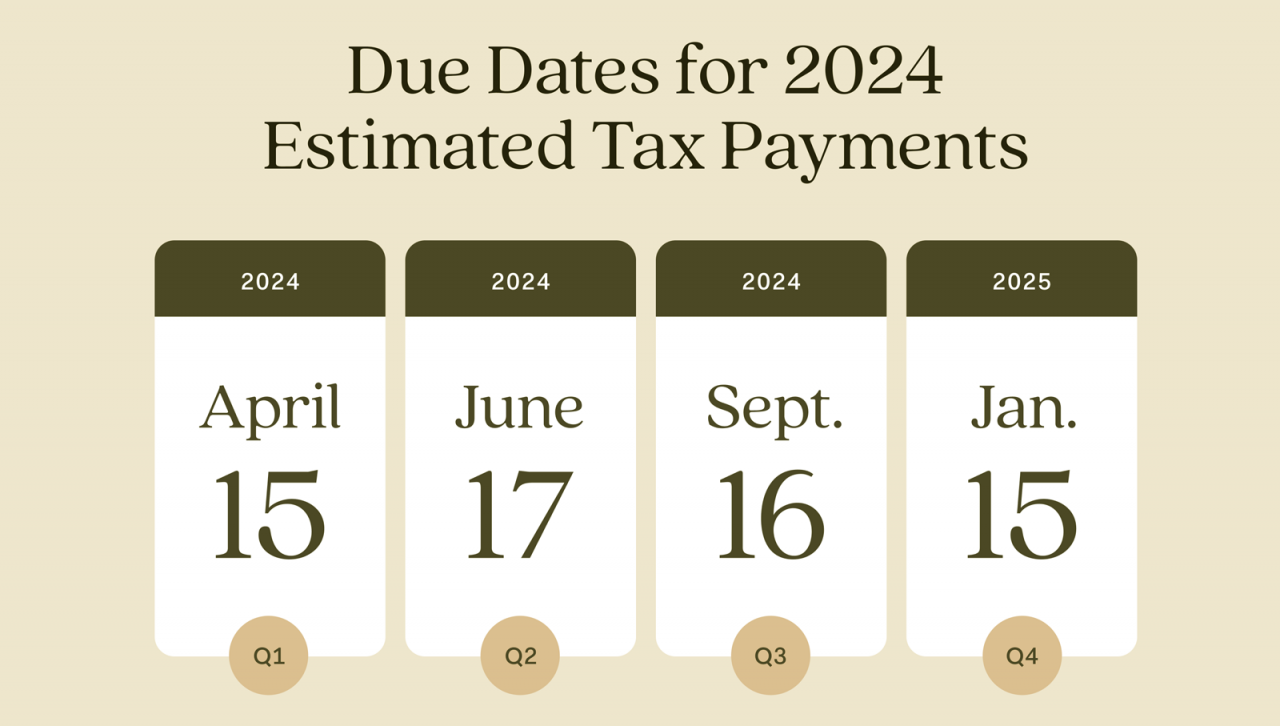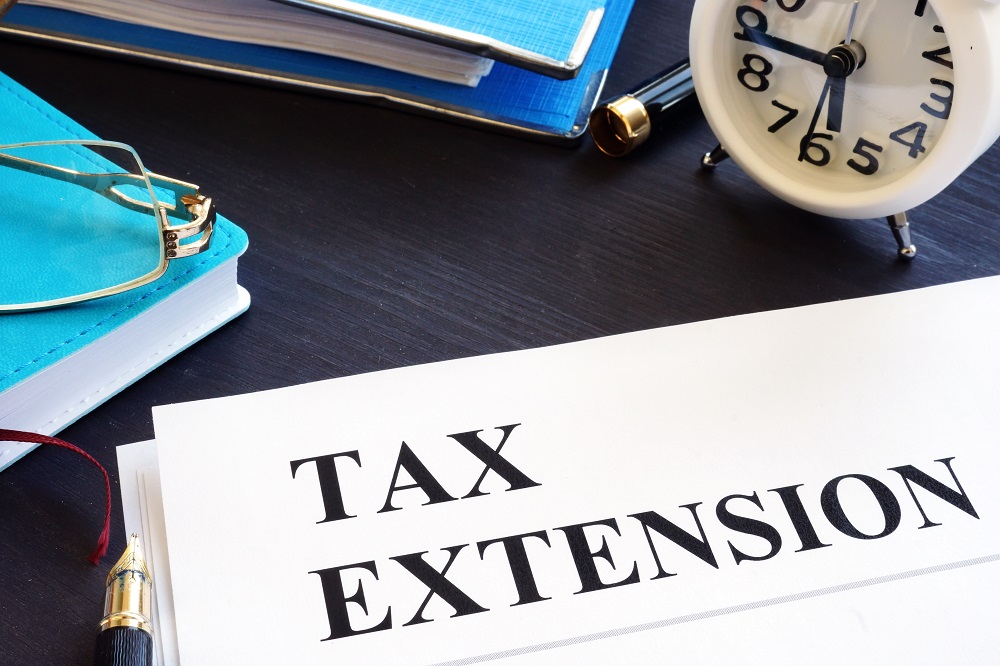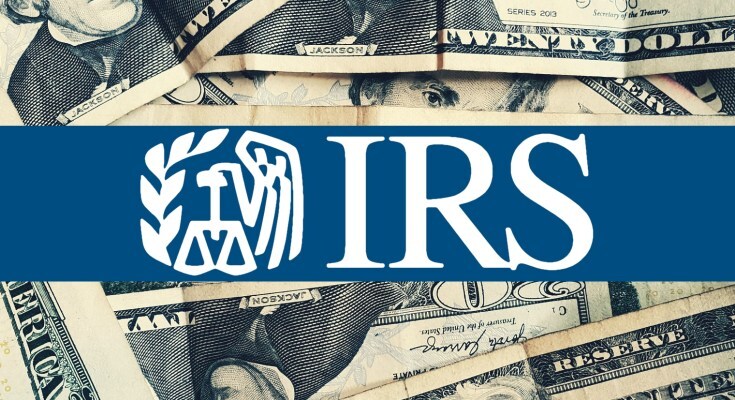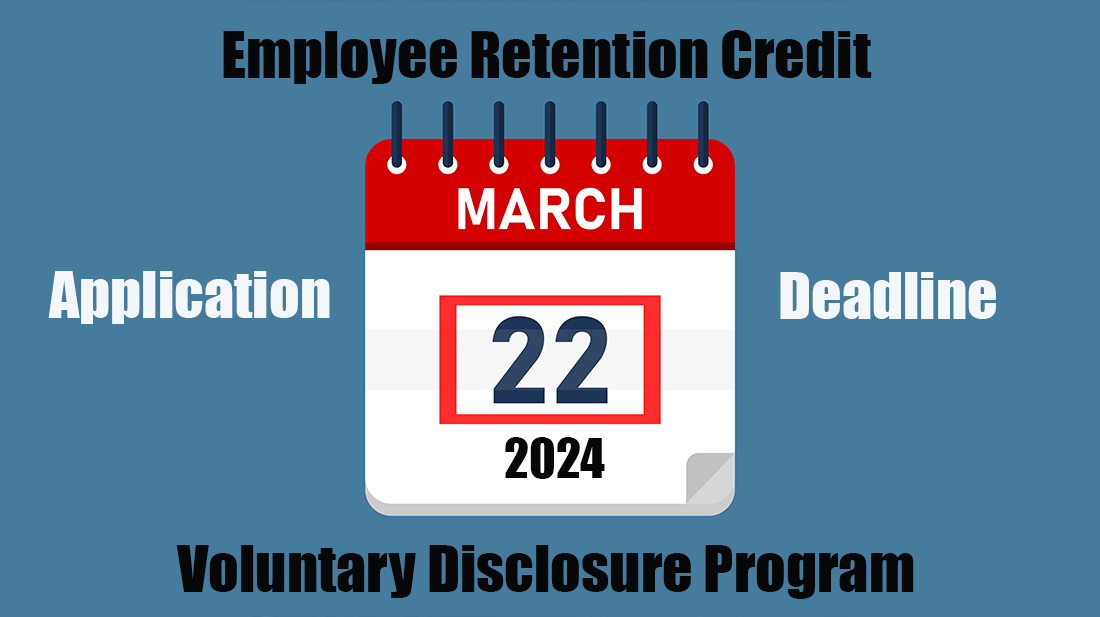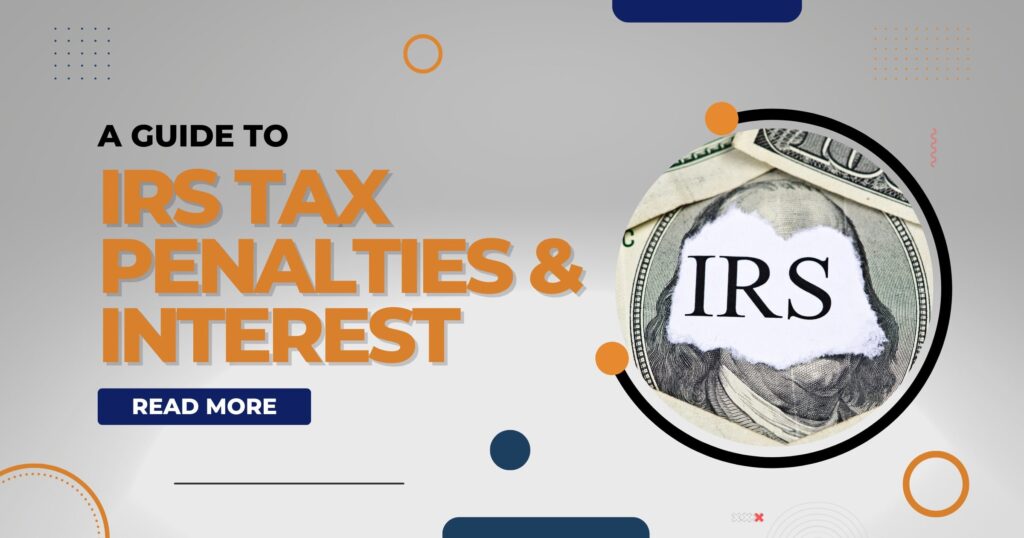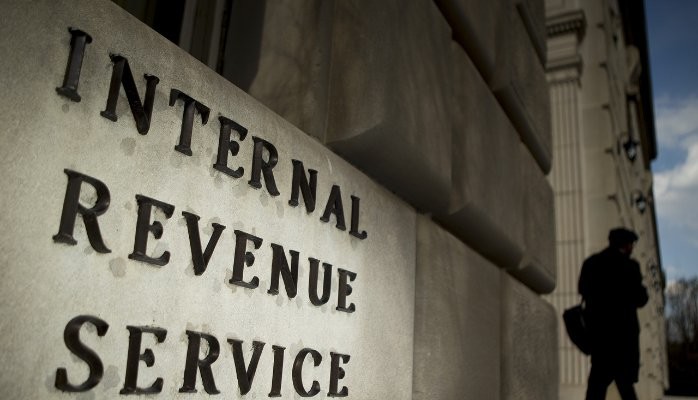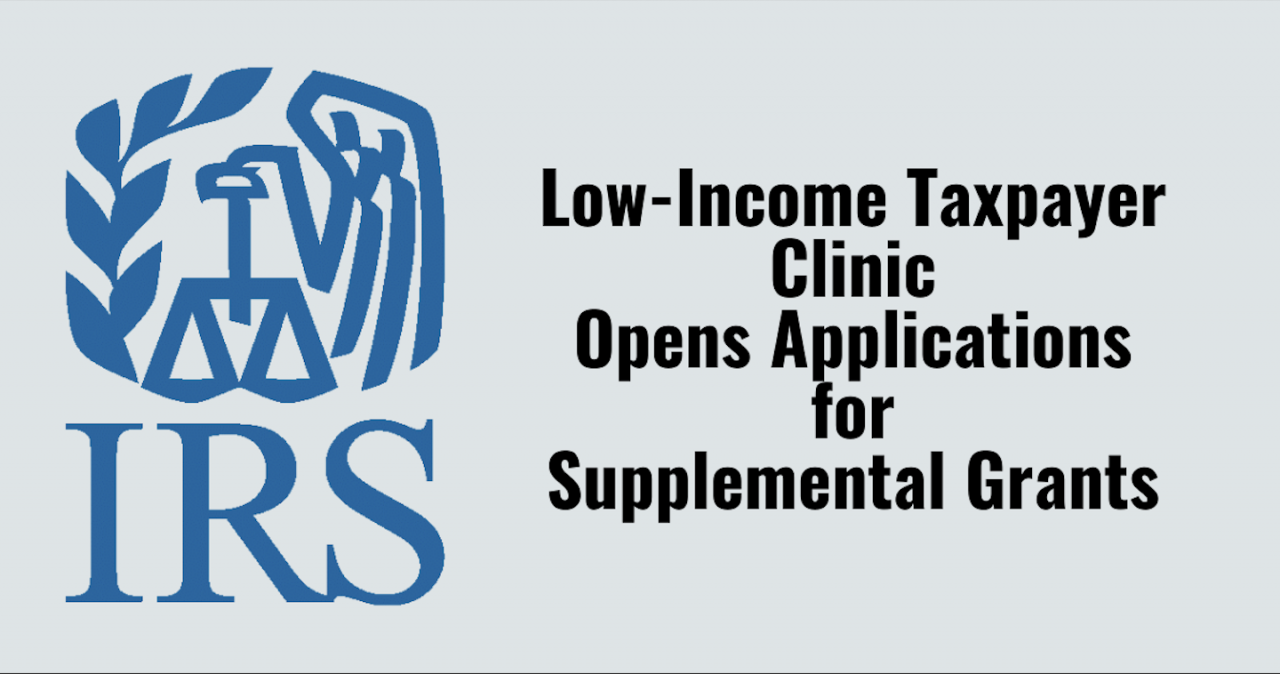In the continuing effort to improve tax compliance and ensure fairness, the Internal Revenue Service announced a new effort today focused on high-income taxpayers who have failed to file federal income tax returns in more than 125,000 instances since 2017.
The new initiative, made possible by Inflation Reduction Act funding, begins with IRS compliance letters going out this week on more than 125,000 cases where tax returns haven’t been filed since 2017. The mailings include more than 25,000 to those with more than $1 million in income, and over 100,000 to people with incomes between $400,000 and $1 million between tax years 2017 and 2021.
These are all cases where IRS has received third-party third party information—such as through Forms W-2 and 1099s—indicating these people received income in these ranges but failed to file a tax return. Without adequate resources, the IRS non-filer program has only run sporadically since 2016 due to severe budget and staff limitations that didn’t allow these cases to be worked. With new Inflation Reduction Act funding available, the IRS now has the capacity to do this core tax administration work.
“At this time of year when millions of hard-working people are doing the right thing paying their taxes, we cannot tolerate those with higher incomes failing to do a basic civic duty of filing a tax return,” said IRS Commissioner Danny Werfel. “The IRS is taking this step to address this most basic form of non-compliance, which includes many who are engaged in tax evasion. This is one of the clearest examples of the need to have a properly funded IRS. With the Inflation Reduction Act resources, the agency finally has the funding to identify non-filers, ensure they meet this core civic responsibility, and ultimately help ensure fairness for everyone who plays by the rules.”
This week, the IRS will begin mailing these compliance alerts for failure to file a tax return, formally known as the CP59 notice. About 20,000 to 40,000 letters will go out each week, beginning with the filers in the highest-income categories. The IRS noted that some of these non-filers have multiple years included in the case count so the number of taxpayers receiving letters will be smaller than the actual number of notices going out.
People receiving these letters should take immediate action to avoid additional follow-up notices, higher penalties as well as increasingly stronger enforcement measures. People in this category should also consult with a trusted tax professional so they can quickly file their late tax returns and pay delinquent tax, interest and penalties. The failure-to-file penalty amounts to 5% of the amount owed every month – up to 25% of the tax bill. There is also special non-filer information on IRS.gov that can assist them.
Since the IRS is not aware of the potential credits and deductions these people may have, the amount of potential revenue to be gained from this effort is uncertain. The third party information on these taxpayers indicates financial activity of more than $100 billion. Even with a conservative estimate, the IRS believes hundreds of millions of dollars of unpaid taxes are involved in these cases. At the same time, some non-filers may actually be owed a refund.
“If someone hasn’t filed a tax return for previous years, this is the time to review their situation and make it right,” Werfel said. “For those who owe, the risk will just grow over time as will the potential for penalties and interest. These non-filers should review information on IRS.gov that can help and consider talking to a trusted tax professional as soon as possible.”
The new non-filer initiative is part of a larger effort underway with the IRS working to ensure large corporate, large partnership and high-income individual filers pay the taxes they owe. Prior to the Inflation Reduction Act, more than a decade of budget cuts prevented the IRS from keeping pace with the increasingly complicated set of tools that the wealthiest taxpayers use to shelter or manipulate their income to avoid taxes. The IRS is now taking swift and aggressive action to close this gap.
The IRS has a variety of efforts underway to improve tax compliance in overlooked areas where the agency did not have adequate resources prior to Inflation Reduction Act funding.
For example, the IRS is continuing to pursue millionaires that have not paid hundreds of millions of dollars in tax debt. The IRS has collected nearly $500 million in ongoing efforts to recoup taxes owed by 1,600 millionaires with work continuing in this area. In other areas, the IRS is pursuing multi-million-dollar partnership balance sheet discrepancies, ramping up audits of more than 75 of the largest partnerships using artificial intelligence (AI) as well as other areas.
The new non-filer effort focused on high-income taxpayers who haven’t submitted a tax return is part of this larger effort to expand IRS compliance work to ensure fairness in the tax system.
High-income non-filers: IRS actions escalate if tax returns aren’t filed
People who don’t respond to the non-filer letter will receive additional notices and other enforcement actions. Ultimately, this can lead to a variety of IRS compliance activity, including collection and audit action as well as potential criminal prosecution. As part of this, the IRS can also take steps to file what’s known as a Substitute for Return (SFR).
If a person repeatedly fails to respond and does not file, the IRS may create a substitute tax return for the taxpayer. The IRS calculates this substitute tax return based on wages and other income reported to the agency by employers, financial institutions and others. The return factors in the tax, penalty and interest owed by the taxpayer.
This tax return might not give the person credit for deductions and exemptions they may be entitled to receive because the IRS does not know each taxpayer’s situation. In this scenario, the IRS will send a notice of deficiency CP3219N (a 90-day letter) proposing a tax assessment. The taxpayer will have 90 days to file the past due tax return or file a petition in Tax Court. If the person does neither, the IRS will proceed with the proposed assessment.
If the IRS files a substitute return, it is still in the person’s best interest to file their own tax return to take advantage of any exemptions, credits and deductions they are entitled to receive. The IRS will generally adjust the account to reflect the correct figures.
The tax return the IRS prepares for these taxpayers will likely lead to a tax bill, which, if unpaid, will trigger the collection process. This can include such actions as a levy on wages or a bank account or the filing of a notice of federal tax lien. If a taxpayer repeatedly does not file, they could be subject to additional enforcement measures, such as additional penalties and/or criminal prosecution.
Source: IRS-2024-56, Feb. 29, 2024


